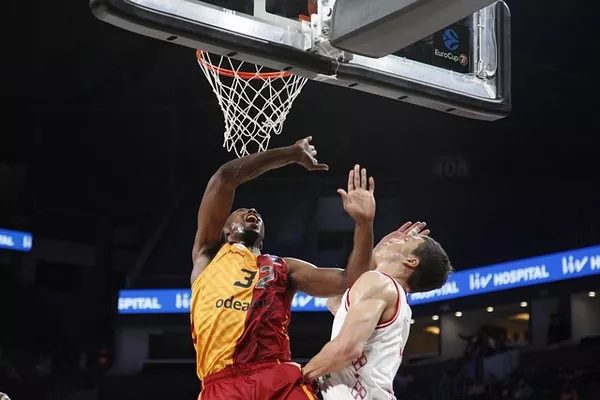In the world of basketball, each position is a crucial cog in the team’s machinery. From towering centers to nimble point guards, every role brings its unique set of skills and responsibilities to the court. Deciding on the best position to play basketball requires a nuanced understanding of the game’s dynamics, player attributes, and strategic considerations. In this comprehensive guide, we delve deep into the intricacies of each position to unveil the optimal choice for aspiring basketball players.
Point Guard:
At the helm of the team’s offense lies the point guard, often referred to as the floor general. This position demands exceptional court vision, ball-handling prowess, and decision-making abilities. Point guards orchestrate the team’s plays, setting up scoring opportunities for their teammates while also possessing the capability to drive to the basket or take outside shots themselves.
One of the primary advantages of playing point guard is the opportunity to control the tempo of the game. Point guards dictate the flow of play, exploiting defensive weaknesses and capitalizing on offensive mismatches. Moreover, their defensive responsibilities involve pressuring the opposing team’s ball handlers and disrupting passing lanes.
Shooting Guard:
The shooting guard position is synonymous with scoring prowess and perimeter shooting proficiency. These players are often the team’s primary scoring threats, adept at sinking mid-range jumpers, three-pointers, and driving to the basket with finesse. Shooting guards possess a blend of athleticism, agility, and shooting accuracy that enables them to thrive in high-pressure situations.
One of the key advantages of playing shooting guard is the opportunity to showcase offensive versatility. These players often excel in creating their own scoring opportunities off the dribble or coming off screens to catch and shoot. Additionally, shooting guards contribute to defensive efforts by applying pressure on opposing perimeter players and contesting shots effectively.
Small Forward:
Small forwards epitomize versatility on the basketball court, combining elements of scoring, playmaking, and defensive prowess. These players possess the size and athleticism to guard multiple positions while also contributing significantly to the team’s offensive output. Small forwards are adept at driving to the basket, finishing through contact, and knocking down perimeter shots with consistency.
Playing small forward offers the advantage of being a well-rounded contributor on both ends of the floor. These players often serve as secondary ball handlers, facilitating ball movement and creating scoring opportunities for their teammates. Moreover, their defensive versatility allows them to switch assignments seamlessly and provide rim protection when needed.
Power Forward:
Power forwards are renowned for their physicality, rebounding prowess, and interior scoring ability. These players operate primarily in the low post, utilizing their strength and size to establish position against opposing defenders. Power forwards excel in scoring through post moves, offensive rebounds, and mid-range jump shots, providing a formidable presence in the paint.
One of the key advantages of playing power forward is the opportunity to dominate the boards and control the paint. These players play a pivotal role in securing rebounds on both ends of the floor, limiting second-chance opportunities for the opposing team. Additionally, power forwards contribute to defensive efforts by protecting the rim and contesting shots in the paint.
Center:
At the heart of the team’s defense lies the center, a towering presence tasked with protecting the paint and anchoring the team’s interior defense. Centers possess exceptional size, strength, and shot-blocking ability, deterring opponents from driving to the basket and altering shots in the paint. Offensively, centers excel in scoring through post moves, put-backs, and high-percentage shots near the rim.
Playing center offers the advantage of being a dominant force in the paint on both ends of the floor. These players control the boards, secure rebounds, and initiate fast breaks with outlet passes to their teammates. Moreover, centers serve as defensive anchors, deterring opposing players from scoring in the paint and altering shots with their shot-blocking prowess.
Conclusion:
In the intricate tapestry of basketball, each position plays a vital role in shaping the team’s success on the court. Whether it’s the floor general orchestrating the offense, the sharpshooter lighting up the scoreboard, or the towering center patrolling the paint, every position brings its unique set of skills and responsibilities to the table. Deciding on the best position to play requires careful consideration of one’s strengths, playing style, and team dynamics. Ultimately, mastering any position requires dedication, hard work, and a deep passion for the game.


